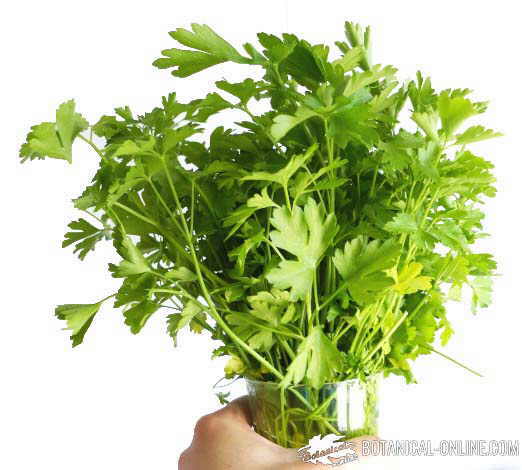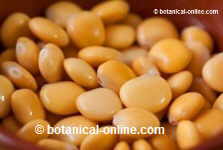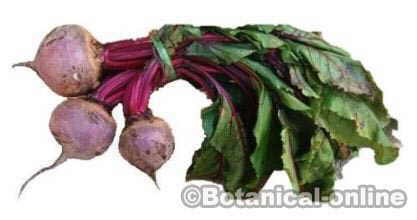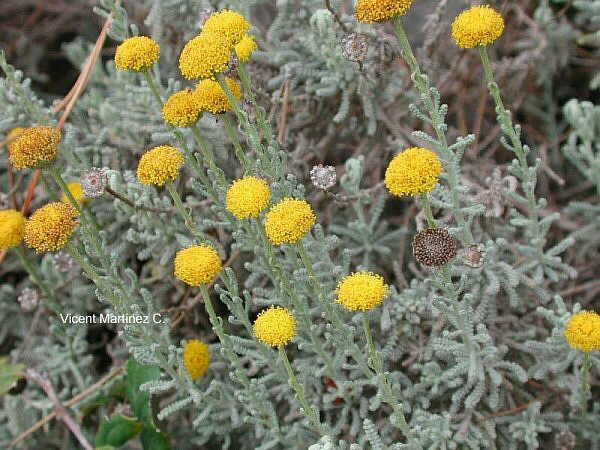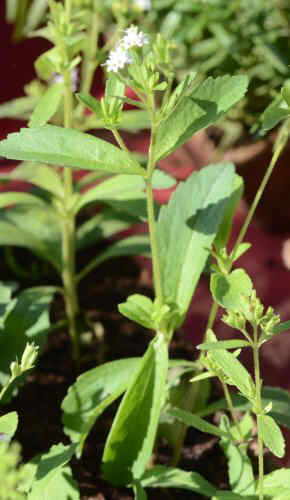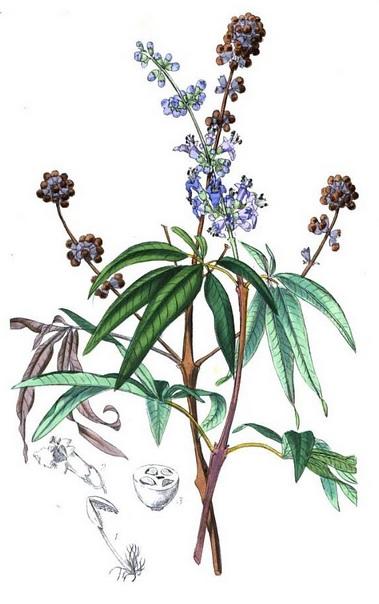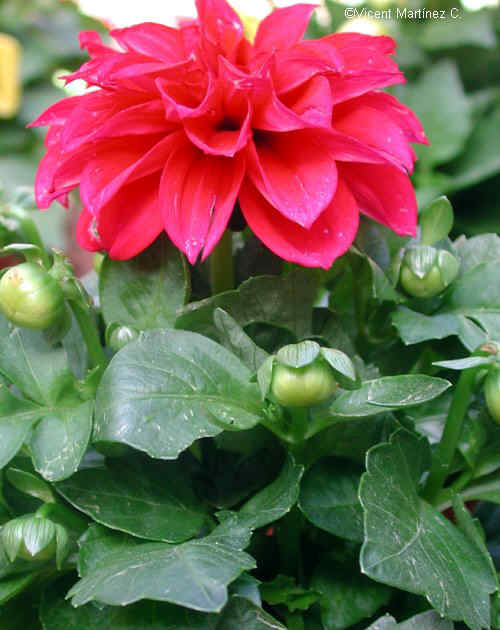CHARACTERISTICS OF CARDAMOM (Elettaria cardamomum)
Common name: cardamom, lesser cardamom, malabar cardamom
– Spanish: grana del Paraiso, Cardamom, Malabar Cardamom.
Scientific name: Elettaria cardamomum (L.) Maton
Taxonomic synonym: Amomum cardamomum L.
– Elettaria cardamomum var. cardamomum
Family: Zingiberaceae.
Habitat: It’s a plant native to southern India, Sri Lanka (former Ceylon) and Malabar. It grows spontaneously in streams, slopes and ravines.
Currently, cardamom is cultivated in hot tropical countries and in shady places on all continents. Guatemala and India are the world’s leading producers.
Botanical description of cardamom
| ||||||||||||||||||||||||||
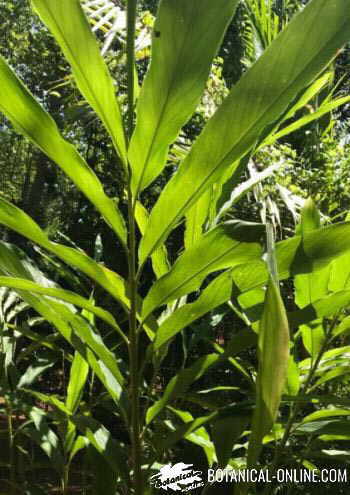
Cardamom (Elettaria cardammommum) is a perennial plant that grows wild in most forests in southwestern India.
It has a rigid and erect stem with leaves, between 2 and 4 meters high, which constitutes the aerial part of the plant. This stem is erected from thick rhizomes or underground stems.
The root system can reach lengths between 0.7 and 1.5 meters. Their growth is mainly horizontal and they forme large clumps. The depth of the roots is less than 30 centimeters.
Their alternate, sheathed, sessile, lanceolate, acuminate and entire leaves. Yellow, blue or white colored flowers, arranged in clusters at the end of a type of stem called a basal or floral scape.
Fruits are dehiscent trilocular capsules, ovoid or fusiform, rounded at the base. They have a pointed apex, green in color and size between 1 – 3 centimeters long and 0.5 – 1 centimeter wide. The seeds of the plant are arranged inside the fruits. Seeds are covered by a membranous layer, that receives the name of the aril.
Environmental conditions that cardamom requires
- It requires tropical, hot and humid climates: humid or very humid subtropical forests, with warm and cold or temperate temperatures.
- Altitudes between 600 and 1,500 meters above sea level. Optimal development between 800 and 1,200 meters.
- Temperatures between 18 and 35ºC.
- Relative humidity close to 75%.
- It does not tolerate climates with cold seasons.
- Annual rainfall: 1,500 – 3,700 mm.
- It does not tolerate dry seasons of 3 months.
Soil
- Loamy or sandy-loam soils, rich in organic matter or compost. It requires slightly acidic pH, between 6.5 and 6.8. It can tolerate acidic soils up to 5.5 – 6.
- Moist but well-drained soils.
- Avoid waterlogging. It does not tolerate swampy or flooded soils, so the clay texture is not recommended.
- Moderate slope between 5 – 20% to promote drainage.
- It can grow in light soils, with silt or slime. Cardamom cultivation on volcanic soils has also been successful.
- Cardamom cultivation is beneficial for the soil because it contributes a lot of organic matter to the soil from the pruning of shade trees and for cardamom plants after harvesting.
Light
It is a plant adapted to live under the canopy of tropical forest trees.
A shady environment is essential for its proper development. 60 – 80% shadow.
It does not tolerate sun exposure or direct sunlight.
Propagation
Cardamom can reproduce by seeds or by rhizomes, like ginger.
Berries are commercialized as a spice, and generally show low germination percentage or are sterile. Cardamom quickly loses its germination capacity. So the seeds should be purchased in a specialized store or buy cuttings.
Reproduction by seeds
- Choose large fruits full of seeds, which are the ones that will come from the most productive plants.
- The cardamom seeds with the highest germination capacity are those that come from adult plants (approximately 7 or 8 years old).
- Ripe fruits should be peeled, pulped and washed manually to avoid damaging the seeds and to remove the aril, which, due to their sweet taste, attracts insects.
- The seeds should be planted in nursery within 15 days after their harvest, after that time, the seed loses almost all their germination capacity. Approximately, the cardamom seeds have 70% germination freshly harvested, and 30% at 90 days after their harvest.
- Many seeds should be sown, since their germination capacity is very low.
- The seedlings develop 25-30 days after sowing. At altitudes above 1,300 meters, the time may be longer.
- Sow at a shallow soil depth.
- Transplant the seedling in a seedbed, where it will remain for approximately 8 months until sufficient growth is achieved to transplant into the final field.
- Sun exposure is important for the development of seedlings, although strong sunlight can burn them. It is recommended that they have the sun in the morning. From 9-10 hours it is recommended to place them in the shade.
- You can also buy a cardamom seedling that has grown at the foot of the adult plants. In this case, the plant should be transplanted to the nursery when it has developed its first 4 leaves.
- Reproduction by seeds is a long and more expensive process than reproduction by rhizomes. However, the resulting plants are more resistant to pests and offer higher long-term efficiency.
Reproduction by rhizomes
It consists of a type of asexual reproduction in which a rhizome of an adult plant is planted. This is developed in another location to form a new plant.
It is an economical and fast technique to obtain cardamom productions in approximately 2 years, with half the time of seed reproduction.
As a disadvantage, this technique allows the spread of the cardamom mosaic virus.
Shade trees
Cardamom is a plant that requires shady places to grow, and this feature should be considered when planting cardamom in the garden.
- Place cardamom under the shade of tall trees with a thin crown that provides shade.
- In commercial cardamom crops, inga tree (Inga xalapensis) is considered one of the best spices associated with this crop to provide shade.
Irrigation
Keep the soil always moist. Watering in the morning and afternoon is recommended, with well-drained soil to avoid flooding.
Flowering
Flowering occurs in spring, between March and April, which can last until August and September in tropical climates.
Harvest
- Cardamom bears fruit from the third year after its definitive field plantation. At age of 8 years, production begins to decline.
- Fruit production occurs between August and September, and the berries remain on the plant until February.
- Harvest should be planned when fruits change their color from green to yellow. The degree of ripeness of the capsule will determine the aromatic quality of the fruits.
- Harvest should be done manually.
Storage
One day after harvest, the fruits should be dried in the sun. It is important not to have applied pesticides or other chemical products for at least one month before the fruit harvest.
Fertilization
The plant responds very well to organic soils, so the use of organic fertilizers or compost is recommended.
Diseases and pests
- Cardamom mosaic (Vmcar), or ‘Katte’: it is the most important disease of this crop, first described in cardamom, by Gonsalves, et. to the. (1986), from New York. It consists of a viral disease that is transmitted by aphids (Pentalonia nigronervosa), so preventive control can be applied for this pest. Plantations do not appear to be affected, although the disease manifests itself because the new shoots of the plant do not develop. Visibly affected plants may have wavy leaves, bent stems, white striations on leaves, yellowish fruit, or plants that stop producing fruit. This disease is not transmitted by seeds. Combat with systemic herbicides. Reproduce the crop by seeds, since the affected rhizomes will transmit this disease. Disinfect tillage and pruning tools. Remove dead plants and those visibly more affected.
- Rhizome rot: it is characterized by leaf chlorosis, few leaves on the plant and premature fruit drop. It can be produced by a high planting density that prevents oxygenation, by excess shade or by poor soil drainage, which in turn encourages the growth of Erwinia carotovora, Phytium and Fusarium. Fight with antifungals, adequate shade, chemical control and good soil drainage. Affected plants should be removed from the crop.
- Cholus pilicauda weevil: it is an insect whose larvae feed on cardamom rhizome. It makes tunnels in stem and cardamom roots, which at the same time cause diseases by pathogens Erwinia carotovora and Fusarium. The adult specimens feed on the tender acorns and prevent the formation of seeds. It can be fought with chemicals, although cardamom cultivation is not recommended in areas where this insect is present. There is effective preventive control for this species.
![]() More information on cardamom
More information on cardamom

